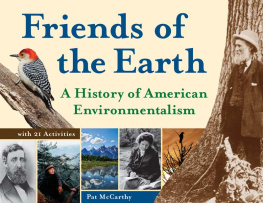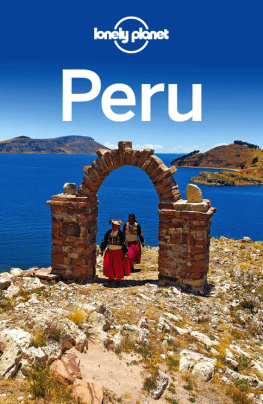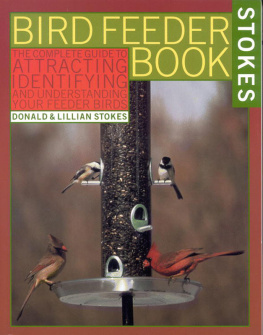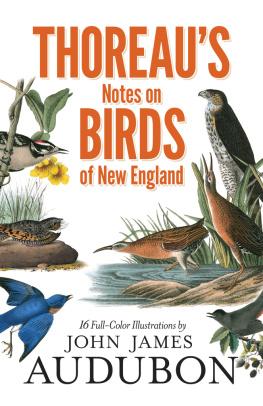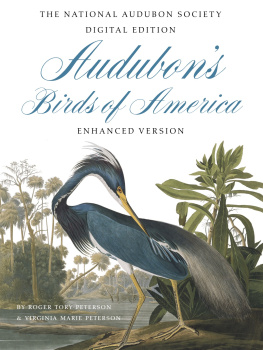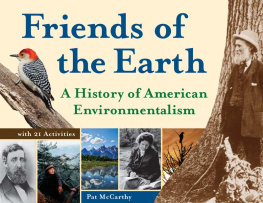

Copyright 2013 by Pat McCarthy
All rights reserved
First edition
Published by Chicago Review Press, Incorporated
814 North Franklin Street
Chicago, Illinois 60610
ISBN 978-1-56976-718-4
Unless otherwise noted, all photos have been taken by the author.
Library of Congress Cataloging-in-Publication Data
McCarthy, Pat, 1940
Friends of the earth : a history of American environmentalism / Pat McCarthy. 1st ed.
p. cm.
ISBN 978-1-56976-718-4 (pbk.)
1. EnvironmentalismUnited States-HistoryJuvenile literature. 2. EnvironmentalistsUnited StatesHistoryJuvenile literature. 3. Environmental protectionUnited StatesHistoryJuvenile literature. I. Title.
GE197.M35 2012
304.2092273dc23
2012039334
Cover design: Jonathan Hahn
Cover photos counterclockwise from left: Red-bellied woodpecker, Shutterstock Elliotte Rusty Harold; Thoreau, Library of Congres LC-USZ61-361; Julia Butterfly Hill, Time & Life Pictures/Getty Images John Storey; Grand Teton National Park, [TK Flickr]; Rachel Carson, Time & Life Pictures/Getty Images Time Life Pictures; bird in the Everglads, Ken Pomerance MrClean Photography; John Muir, Library of Congress LC-B2- 1309-10.
Interior design: Sarah Olson
Interior Illustations: Mark Baziuk
Printed in the United States of America
5 4 3 2 1
To my great-grand niece and nephews Carson, Madison, Kolton, and Blake Gray
CONTENTS

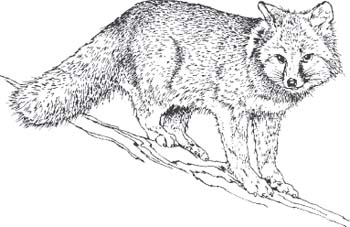

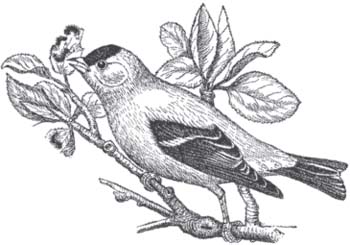
TIME LINE
1690 William Penn requires settlers to preserve one acre of trees for every five acres cleared
1739 Benjamin Franklin petitions Pennsylvania Assembly to stop industries from dumping waste
1827 First volume of Audubons Birds of America is published
1845 Thoreau builds his cabin at Walden Pond

1849 Department of the Interior is created
1854 Thoreaus Walden is published
1868 John Muir first sees the Yosemite Valley
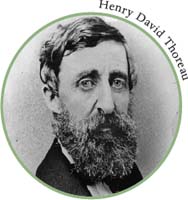
1890 Yosemite National Park is created
1891 The Forest Reserve Act is passed
1892 The Sierra Club is founded
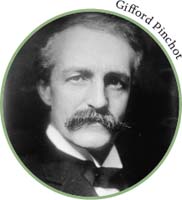
1898 Gifford Pinchot is named head of the Division of Forestry
1905 The National Audubon Society is founded Cordelia Stanwood begins her systematic observations of nesting birds
1910 Cordelia Stanwood begins publishing her nesting bird studies
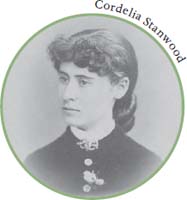
1934 Roger Tory Peterson creates his bird identification system
1935 TheWildnernessSocietyisformed
1947 Marjory Stoneman Douglass River of Grass is published Everglades National Park is created
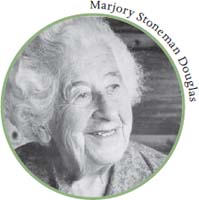
1949 Aldo Leopolds Sand County Almanac is published
1960 Arctic National Wildlife Reserve is created, due to efforts by Mardie and Olaus Murie
1962 Rachel Carsons Silent Spring is published
1964 The Wilderness Act is passed
1970 The Clean Air Act is passed
The first Earth Day is observed
The Environmental Protection Agency is created

1989 The Exxon Valdez oil spill occurs in Alaska
2006 Al Gores An Inconvenient Truth is published
2011 The BP oil spill occurs in the Gulf of Mexico
INTRODUCTION

SAVING LUNA: LIFE IN A GIANT REDWOOD
F or 18 hours, the winds howled and the rain pelted down. Julia Butterfly Hill held onto her tree for dear life. Ninety-mile-per-hour winds tipped the six-by-eight-foot wooden platform on which she lived in the giant redwood tree. One gust actually blew her three feet off the platform. She managed to grab branches and hold on until she could make her way back. Julia said she learned from this storm that in order to survive, you have to quit fighting, bend with the wind, and go with the flow.
Youre probably wondering why Hill was living in a tree. A year earlier, she had been critically injured in a car crash. It took her nearly a year to recover, and she used that time to consider what she believed was important in life. She took a trip west to try to decide what to do with her life.
Hill tells about her first sight of the ancient redwoods: When I entered the majestic cathedral of the redwood forest for the first time, my spirit knew it had found what it was searching for. I dropped to my knees and began to cry because I was so overwhelmed by the wisdom, energy, and spirituality housed in this holiest of temples.
Hill had been horrified by the clear-cutting of redwoods in California. She was devastated when she saw her first redwoods being cut. She says, I sobbed, screamed, raged, and cried because it hurt so. It was very painful. When she learned that only 3 percent of the giant redwoods remained, she decided to take action.
Hill and many others had tried to inform the American people of the problem. No one paid much attention. So when she heard that a group was looking for someone who would spend some time sitting in the giant redwood tree known as Luna, Julia volunteered.
On December 10, 1997, when Hill was 23 years old, she climbed high into Luna. She later said, I gave my word to this tree and to all the people that my feet would not touch the ground until I had done everything in my power to make the world aware of this problem and to stop the destruction. She was there for a little over two years.
Next page
